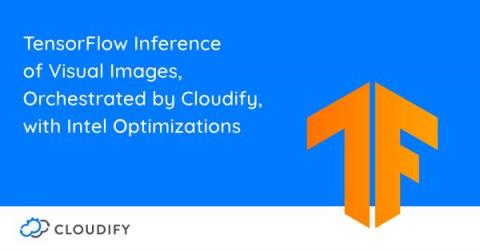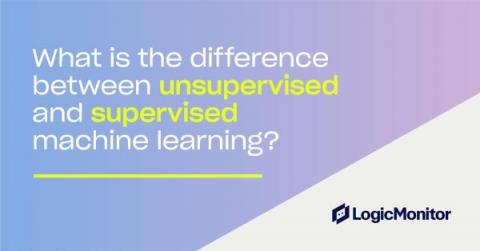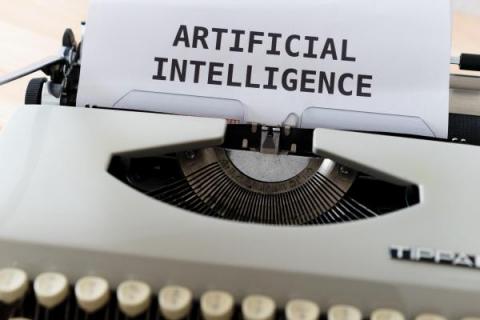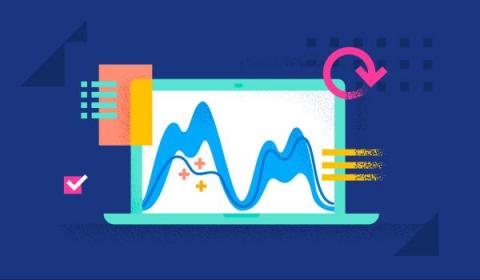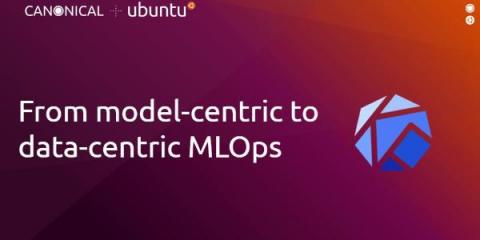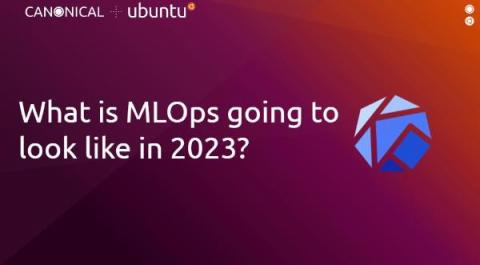TensorFlow Inference of Visual Images, Orchestrated by Cloudify, with Intel Optimizations
The following blog was written together with Petar Torre, Solutions Architect at Intel. This blog describes how Cloudify automates the deployment and monitoring of Machine Learning systems, by orchestrating an Intel-optimized TensorFlow workload running inference with a pre-trained ResNet-50 model from the Intel Model Zoo. In a nutshell, a container running a Jupyter Notebook with the Intel optimized TensorFlow model is scheduled as a Kubernetes pod on K3S on AWS EC2.


